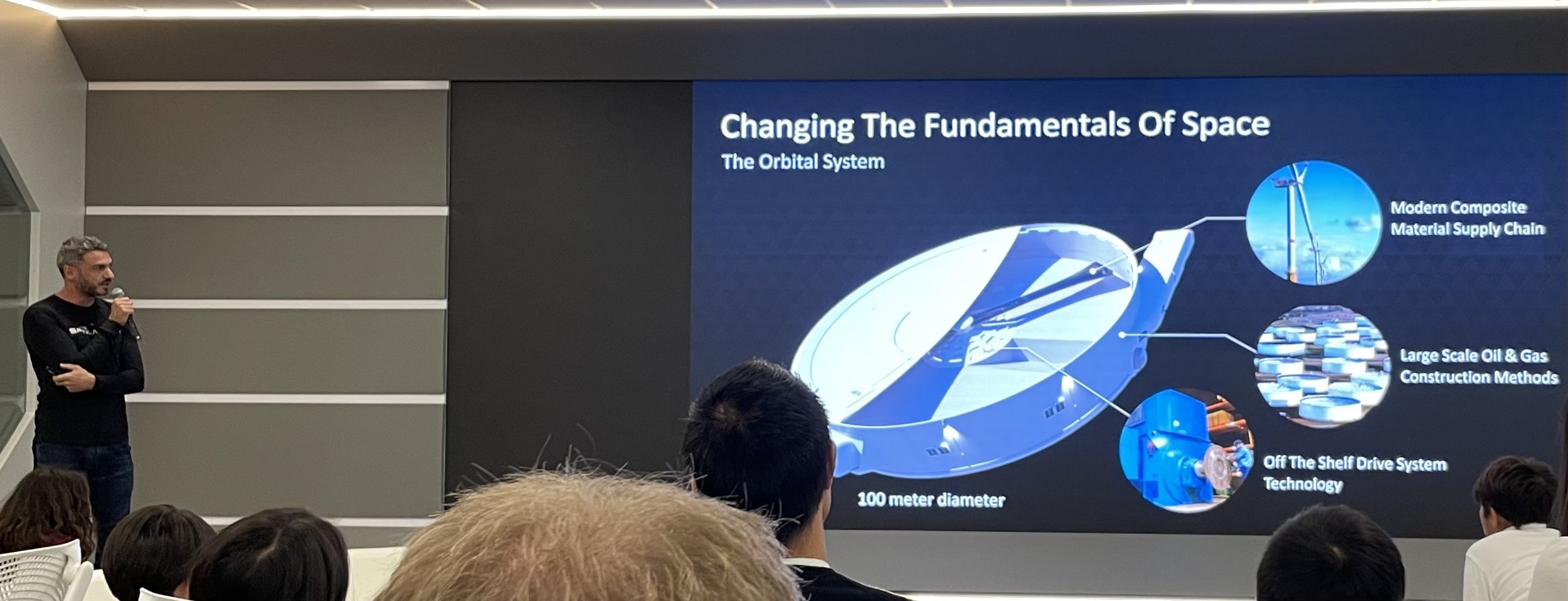Going Green into Space. Why SpinLaunch is Cool.
I asked SpinLaunch CEO Jonathan Yaney what was one of the most fun parts of his job.
“Proving people wrong who said this could not be done.”
Long Beach, California based SpinLaunch is changing the way payloads are sent into space by removing the complexity and reducing the dependence on carbon-based fuel. What is so fascinating about SpinLaunch is that they have created a greener, cheaper, faster way to launch based on technology that is not new but has not previously been applied to launching rockets into space.
Why not? Because many experts said it could not be done. That is, until SpinLaunch, which came out of stealth mode about a year ago, proved them wrong. This, among other reasons, convinced NASA to agree to a test mission.
The Space Economy is huge. SpinLaunch’s $1 trillion estimate of commercial space stations, in-space servicing and manufacturing, low earth orbit (LEO) constellations, the space hardware ecosystem, and additional access technologies is a modest one. The Space Economy has a larger extended marketplace of enabling products and services, as well as uses, that will be possible with lower cost solutions such as SpinLaunch’s.
Generally, about 92% of a rocket’s payload is fuel mass. SpinLaunch is a game changer because it replaces the expensive, pollutant first stage of launch with electricity. SpinLaunch’s ground-based, electric-powered mass accelerator allows it to reduce more than 70% of the fuel required to get into orbit. Translation: SpinLaunch estimates its low cost, frequent launches will average about $250,000 per launch. Its technology will enable more than 150 launches per month. This stands in contrast to the $5-65 million per launch cost associated with the existing carbon-based fuel approach yielding 1-4 launches per month. SpinLaunch is seeking to propel satellite payloads of up to 200 kg (440 lbs) into low earth orbit (LEO).
So how does it work? The satellite (or spacecraft) to be launched is loaded inside a carbon fiber launch vehicle that is attached to a rotating arm within SpinLaunch’s Orbital Accelerator. The accelerator is vacuum-sealed and spins the rocket at multiples of the speed of sound. The accelerator uses this electric-powered kinetic energy instead of fuel to launch the rocket in a precise trajectory into space. After ascending above the stratosphere, a small, inexpensive propulsive stage provides the final required velocity for orbital insertion and positioning. The launch vehicle then returns to Earth to be reused again. This allows for sustainable, low cost, frequent launches.
I got to see the Lab Accelerator, a 12-meter scale test version of this technology, in action at the company’s Long Beach headquarters. It was quiet, clean, and precise. I hope I get invited to one of their upcoming Suborbital Accelerator flight tests in New Mexico. Good stuff.
SpinLaunch is now working with commercial and strategic partners to further transform the space industry and meet the growing demands of the small satellite market. And this is just the beginning. There are many sectors seeking space solutions to positively impact people and the planet.
Thank you to Darren Eng, Executive Director of the Los Angeles Venture Association (LAVA), for arranging this visit to SpinLaunch as part of their Fun Day series for investors. It was a blast!
Below is the full photo of all of us who attended. Jonathan Yaney zipped on in on his Razor scooter to not miss the shot. Thank you SpinLaunch team for showing us a good time and teaching us about what you do and why you do it.
Go Green Space Beach!




